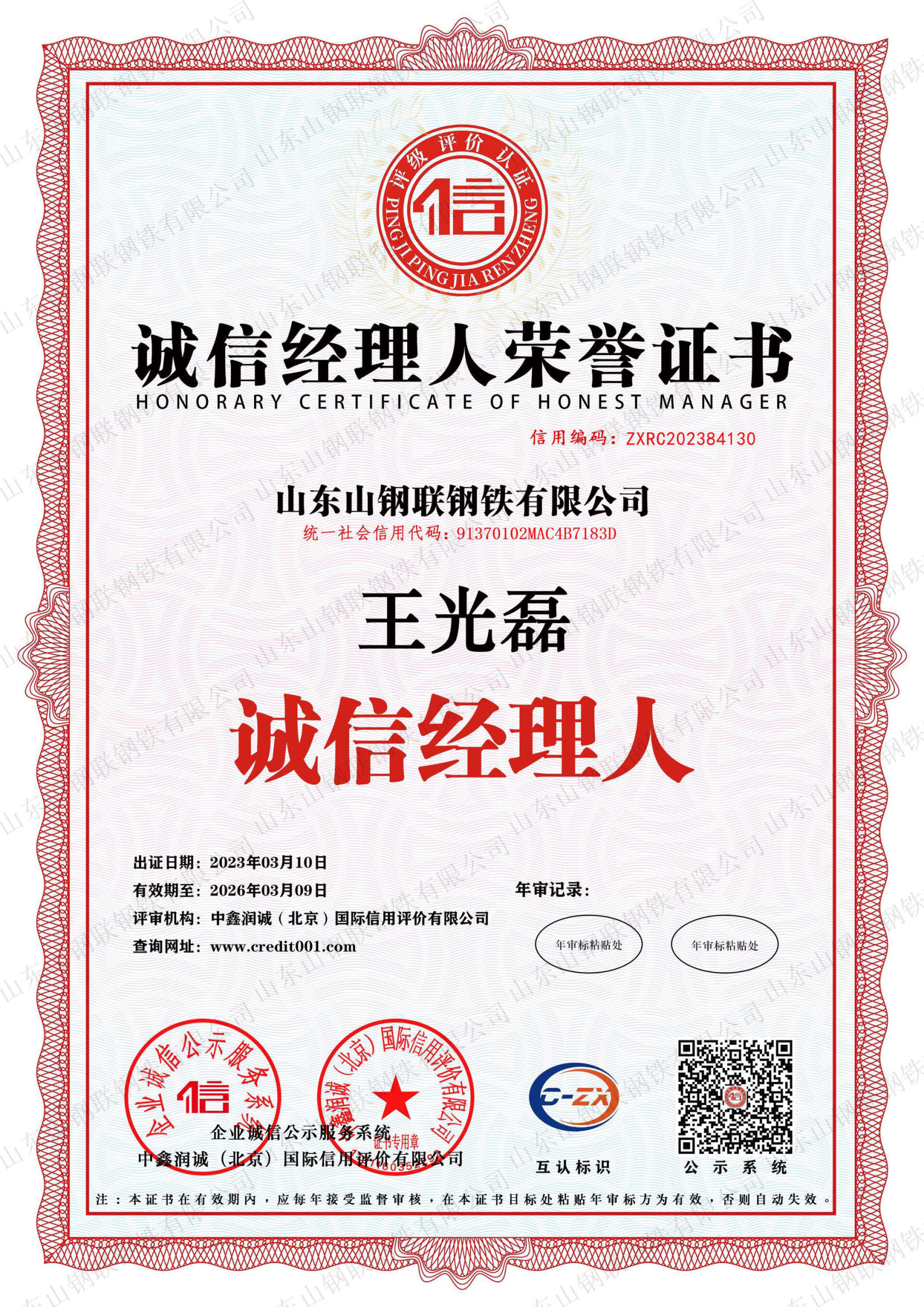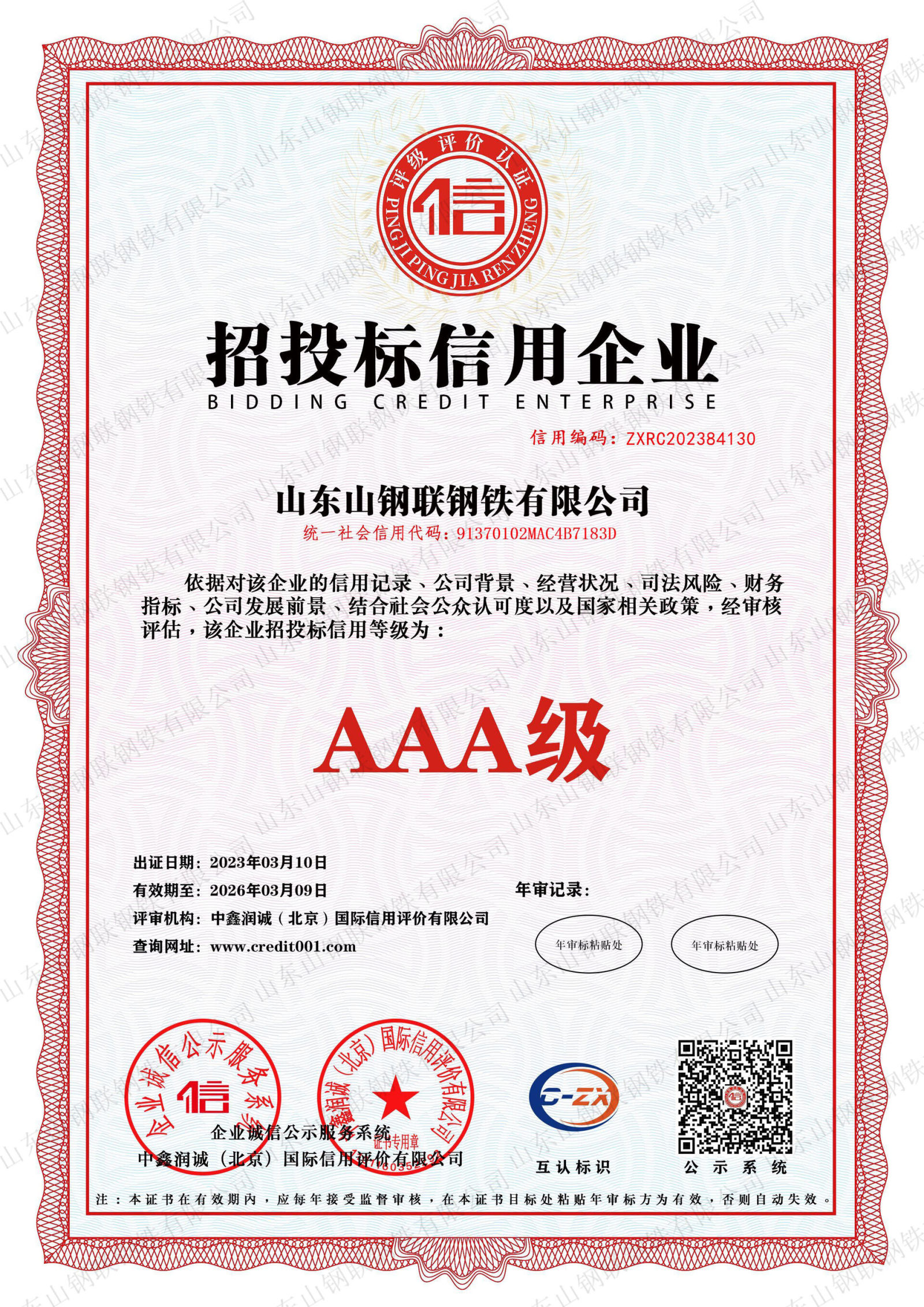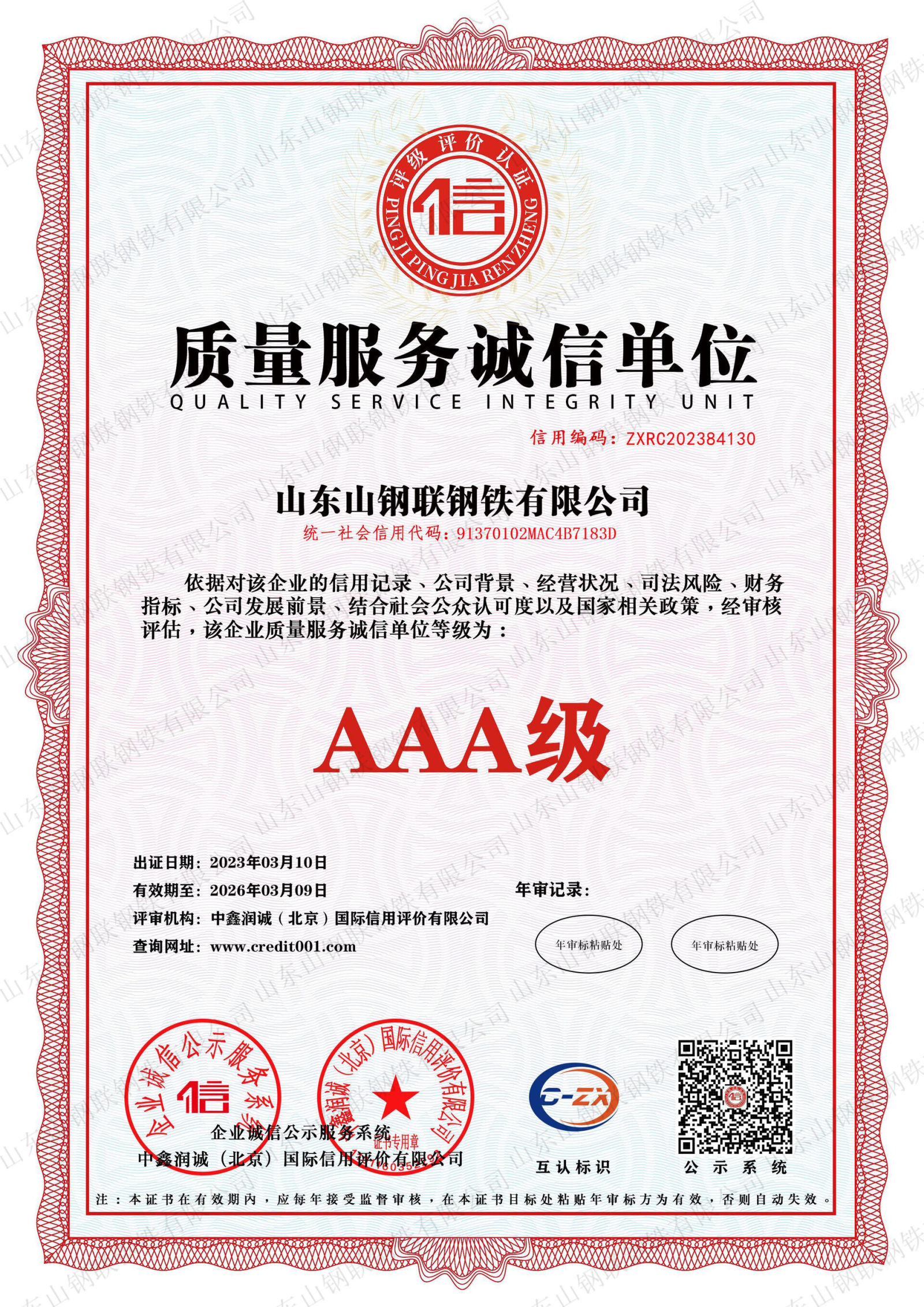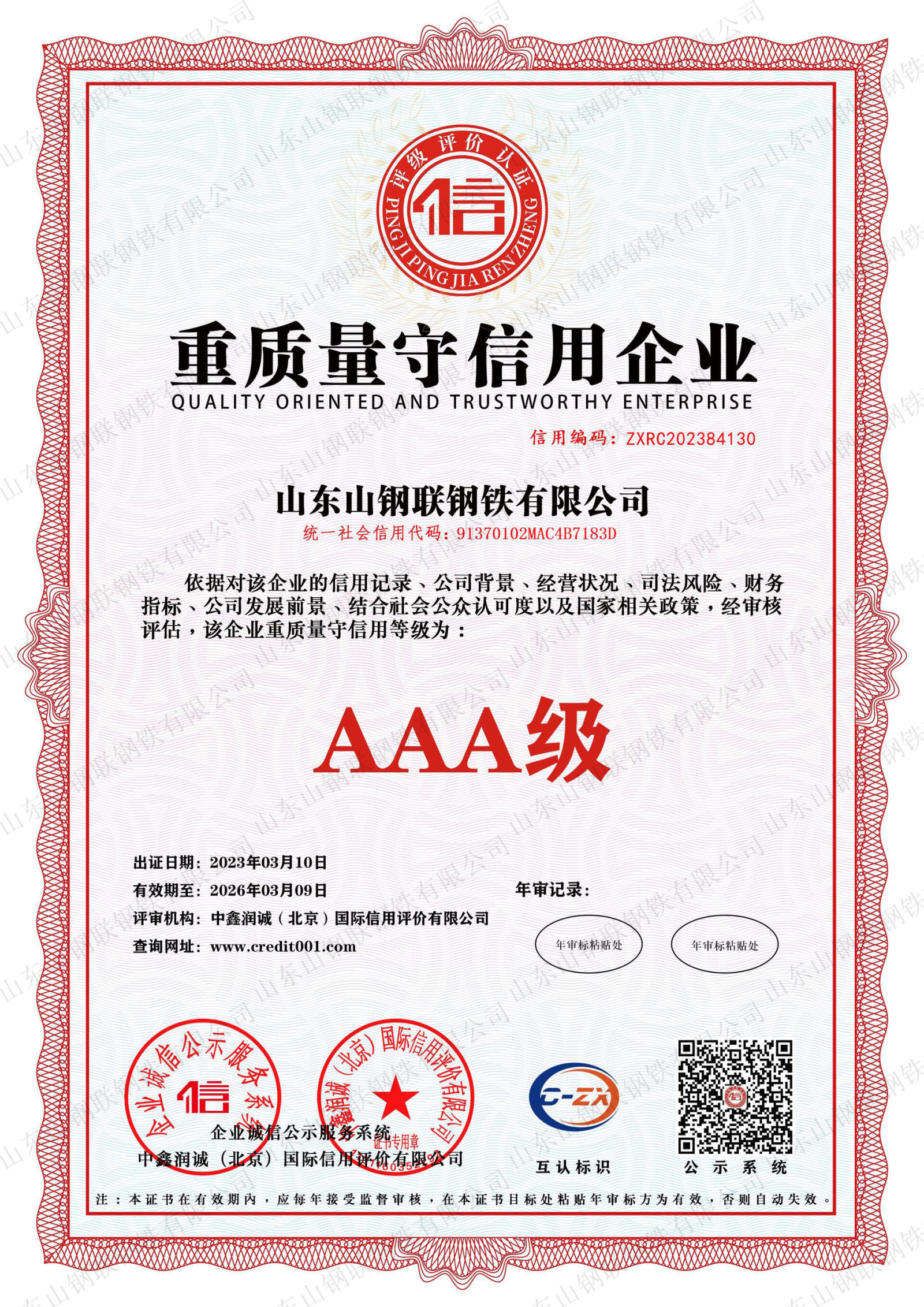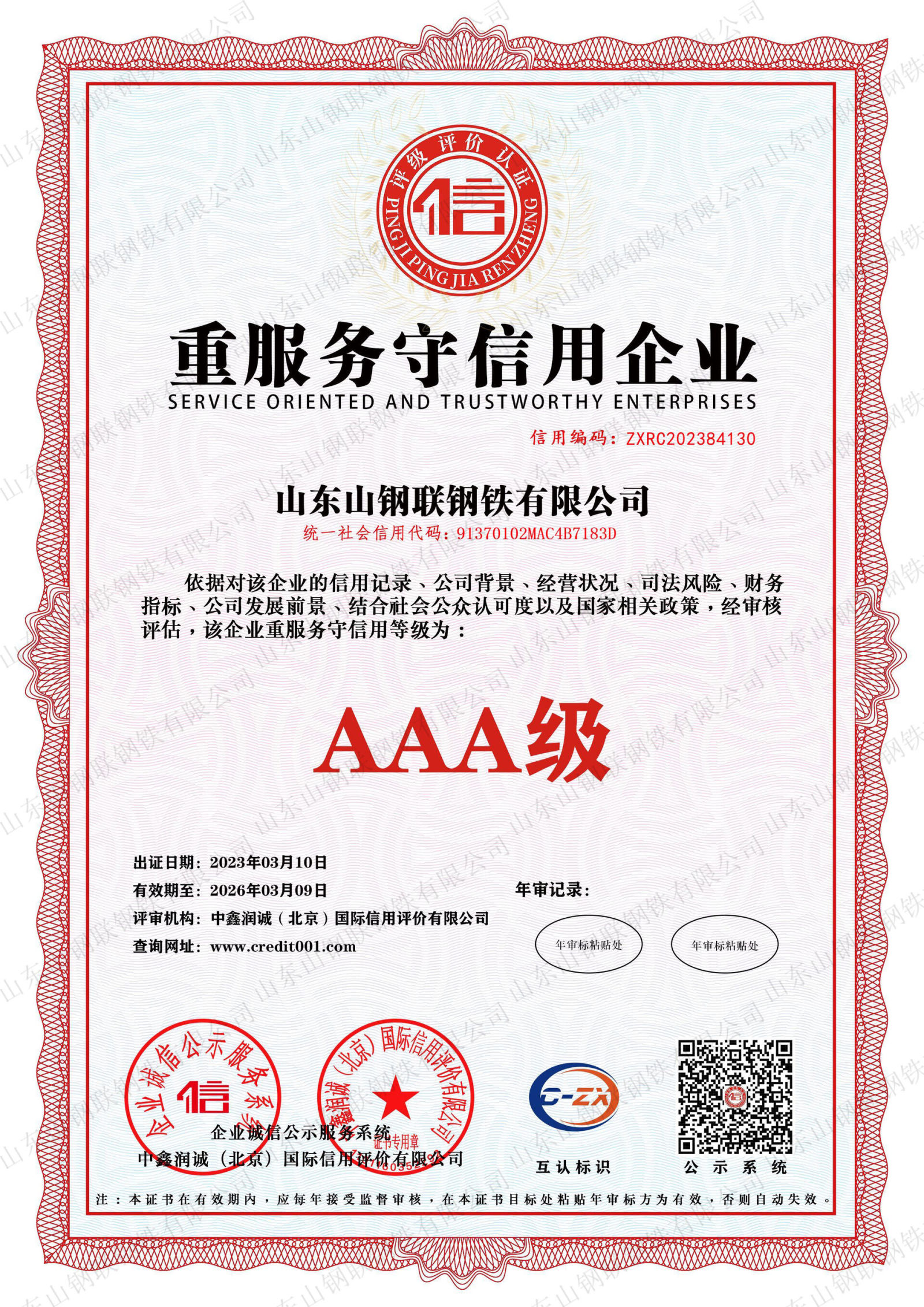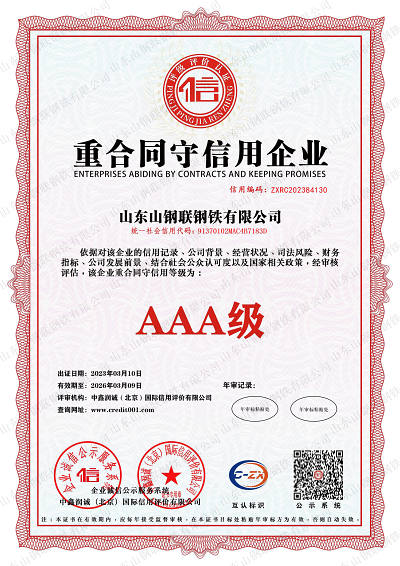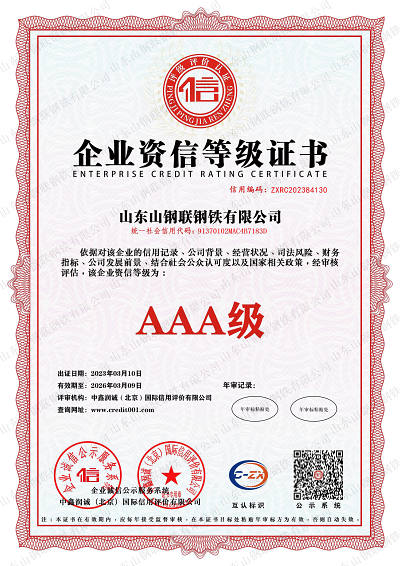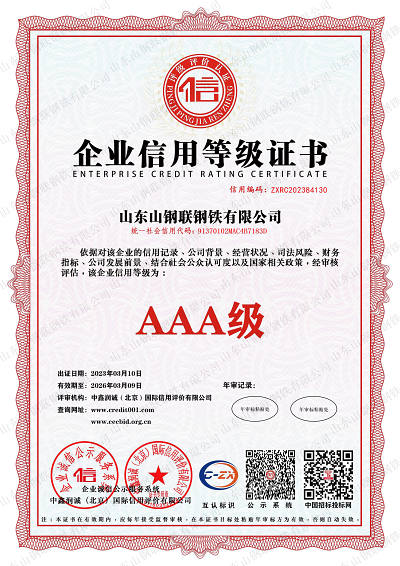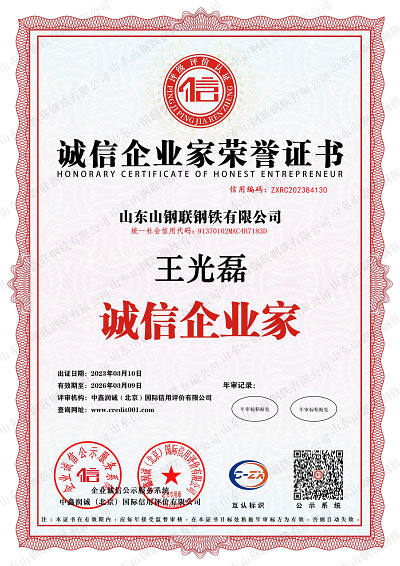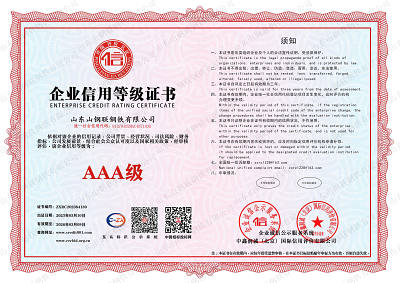
PRODUCTS
I-beam also known as Universal Beam, is a long strip of steel with an I-shaped cross-section. I-beam is an economical section steel, which is rolled on a four-high universal rolling mill, so it is also called "universal I-beam".
Classification of I-beams
I-beams are mainly divided into ordinary I-beams, light-duty I-beams and wide-flange I-beams. According to the height ratio of flange and web, it is divided into wide, medium and narrow wide flange I-beams. The specifications of the first two are 10-60, that is, the corresponding height is 10 cm-60 cm. At the same height, lightweight I-beams have narrow flanges, thin webs, and light weight. Wide flange I-beam, also known as H-beam, is characterized by two parallel legs and no slope on the inside of the legs. Ordinary I-beam and light I-beam have formed national standards.
Application Characteristics of I-beam
Whether the I-beam is ordinary or light, due to the relatively high and narrow section size, the moment of inertia of the two main axes of the section is quite different, so it can only be directly used for bending in the plane of its web. member or form it into a lattice-type force-bearing member. It is not suitable for axial compression members or members that are perpendicular to the plane of the web and bending, which makes it very limited in the scope of application. I-beams are widely used in construction or other metal structures.
Ordinary I-beam and light I-beam have relatively high and narrow cross-sectional dimensions, so the moment of inertia of the two main axes of the cross-section is quite different, which makes it very limited in the scope of application. The use of I-beam should be selected according to the requirements of the design drawings.
In the structural design, the selection of I-beam should be based on its mechanical properties, chemical properties, weldability, structural size, etc. to select a reasonable I-beam for use.




Chat Online



